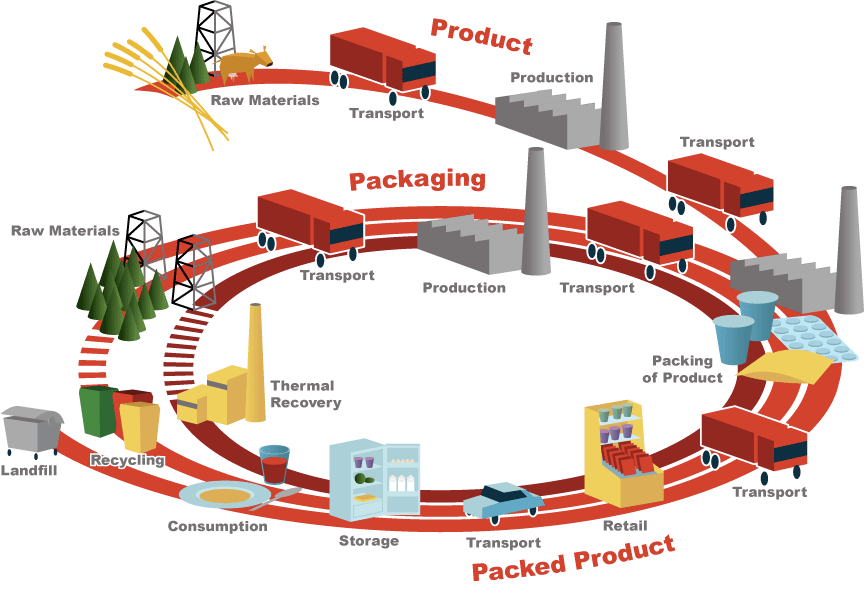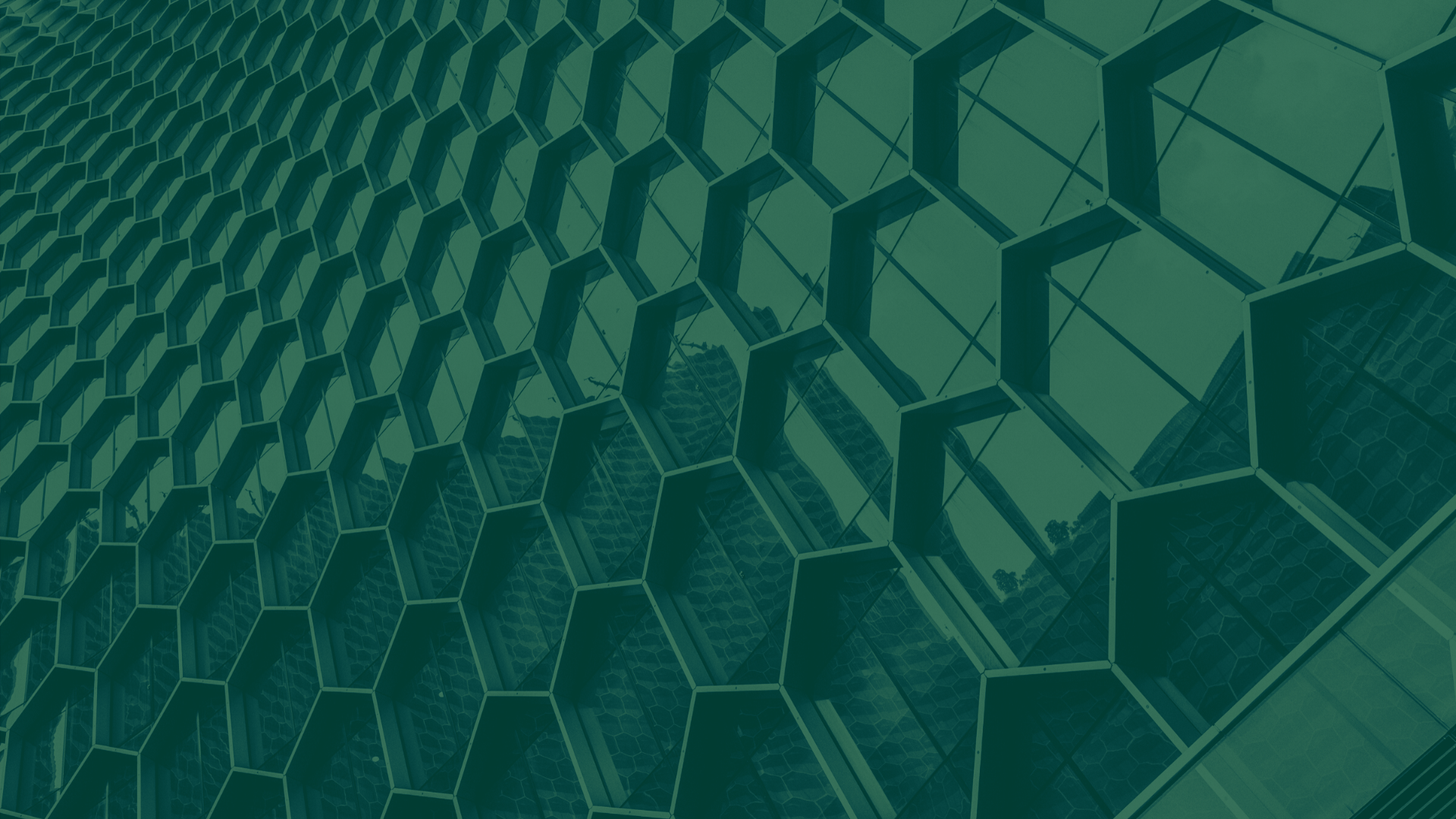While most of our focus is currently on COVID-19 particularly on the containment of the virus and of course, finding the cure, there is an EQUALLY (if not more) important issue that we need to address. Not giving this enough attention may result to bigger problems for all of us, including perhaps even death to more people — the sustainability of our food supply.
I don’t think anybody will argue against the fact that our food supply is very important and that it should be given special attention. Especially given the expanded community quarantine and the lockdown of borders in almost all levels of society – from barangays, to towns, to provinces, and even across countries.
To be clear, the issue with food supply is not just about the quantity of available food in the groceries or public market. It involves a much bigger ecosystem of interconnected processes. It covers everything that transpires from the time seeds are planted to the moment actual food lands on your plate and everything else in between. This is the food supply chain and it includes production, processing, distribution, consumption and disposal.
Much like everything else that we consider basic needs like medicine, food reaches us via a web of food supply chains through which producers connect to consumers in a domino-like motion. Meaning, one component triggers a direct result on the next part of the chain and in turn, the action is passed on to the next component and so on. In almost every aspect of the supply chain, a financial transaction is completed and the cycle is allowed to run smoothly.
Given that much of our communities are still heavily reliant on agriculture, we should have spent a considerable amount of time planning, and thinking of ways to protect this industry at all cost, not only for the millions of people who depend on it for their livelihood, but also for the millions of people who depend on this industry for their basic supply of food.
Unfortunately, there is still a big gap in terms of securing our food supply chain, especially when seen in the light of disaster resilience.
Disasters, understandably, create disruptions in the food supply chain. For instance, a typhoon destroys hectares of rice fields, hence, farmers (producers) are not able to harvest rice. They will not be able to recover their initial investment. And they will have very little to invest in a new crop of rice which, again, will take another three months before they can be harvested and consequently converted to cash. That is if and only if no natural or man-made disaster happens again.

Going back to the part where the supply chain is set up like a domino, when one part of it is affected, the whole supply chain gets impacted. We see the concrete manifestation of this impact through the changes in the prices of food.
With the expanded community quarantine, where people are not allowed to go out of their homes, it would only be a matter of time before the food supply chain gets impacted. To the point where some food items may literally disappear as the manpower requirement for production simply isn’t there.
And what about the farmers? Are there measures being taken to keep farmers safe, protected, and able to go about their farming tasks? Think about it this way — if rice farmers are not able to plant this month, that means we will not have sufficient harvest in three months. And, if the travel restrictions are still in effect, we may not be able to import rice from other countries.
So, with the COVID-19 quarantine and while we are staying home, who is putting in the measures to protect our food supply chain?


